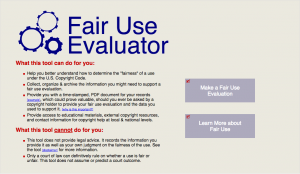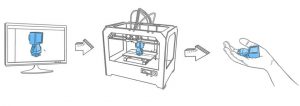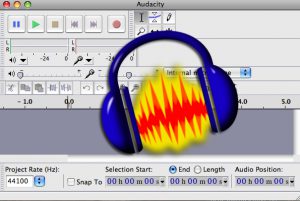iBooks Author Workshop
Friday Feb 3rd 2:00 pm Main Library Electronic Classroom 160
iBooks Author is a free program that allows anyone to create digital books with illustrations, audio, and interactive glossaries. iBooks can be shared or sold via Apple’s iBooks Store and viewed on any Apple device, or exported to other formats. Hands-on workshop led by Steve Taylor of Academic Computing Services. Open to the campus.
![]()
Final Cut Pro X
Wednesday Feb 8th 3:30 Library Electronic Classroom 160
Interested in learning editing video or recording a narrated presentation? Come to this hands-on workshop where you will learn to use Apple’s professional but easy to use video editing software. Led by Baynard Bailey and Amy Laughlin of Academic Computing Services. Open to the campus.

Setting Up a WordPress Site
Wednesday Feb 15th 3:30 Library Electronic Classroom 160
WordPress is an open source digital publishing platform that is great for building quick and easy websites for orgs, portfolios, research and more. Led by George Witteman of VC++. Open to the campus.

An Introduction to Linux: World’s Best OS!
Wednesday Feb 22nd 3:30 Sci Vis Lab, Bridge Building
Linux is a free and open-source operating system used in all sorts of devices. Come and learn about the Bootloader, the Kernel, Daemons and the Shell! Discover
why Linux runs most of the internet and how it is the one of the most reliable and secure OS’s available. Install it on your own machine! Led by special guest Stefan Crain of The Jahnel Group.
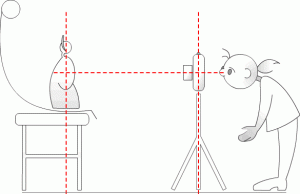
How to Photograph your Artwork
Friday March 3rd 2:00 Taylor Hall 328
Need to put together your senior portfolio? Want to submit work to galleries or other
exhibition calls for entry? Come to this workshop and learn how to photograph 2D and 3D artwork. Led by Amy Laughlin of Academic Computing Services. Open to the campus. Contact: amlaughlin@vassar.edu
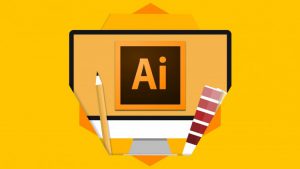
Poster Making
Wednesday March 8th 3:30 Library Electronic Classroom 160
Need a poster for an academic conference? Want to print a giant poster for your event? Come to this hands-on workshop, learn basic design and how to use Adobe Illustrator to lay out a poster. Learn about campus printing resources. Open to the campus

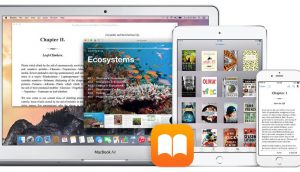










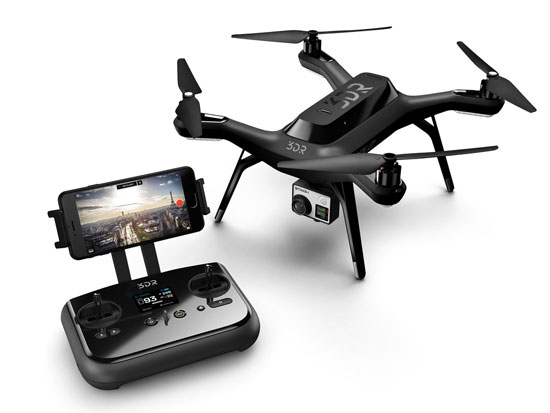
 [ The following are the thoughts of ACS staff and should not be interpreted as the legal opinion of Vassar College. ]
[ The following are the thoughts of ACS staff and should not be interpreted as the legal opinion of Vassar College. ]